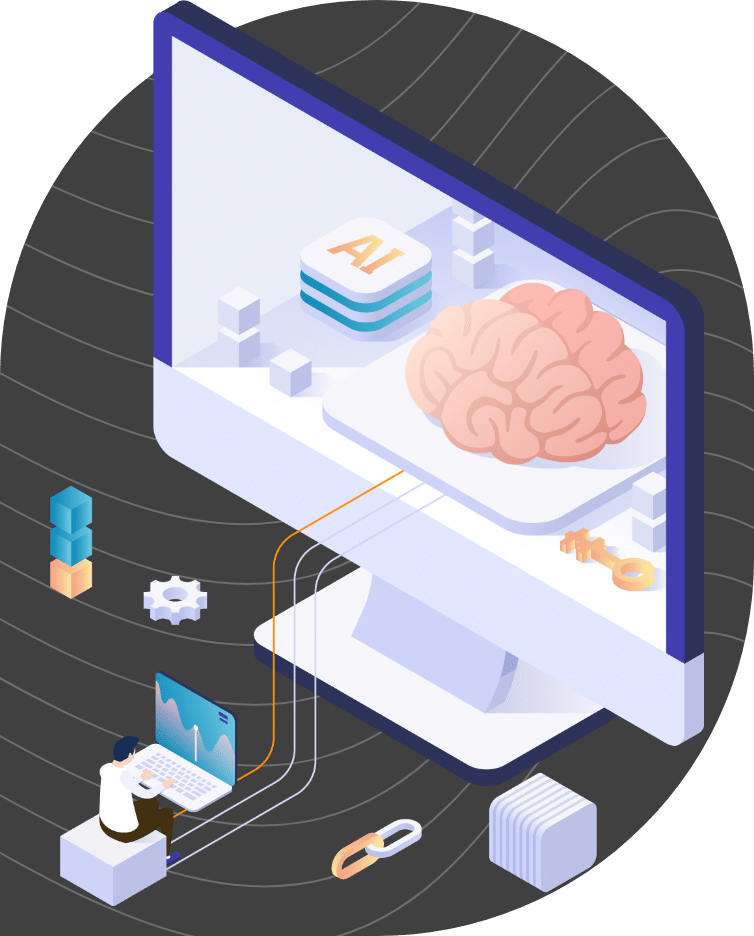

Healthcare Interoperability Solutions
Bridge data silos, streamline workflows, enhance productivity, improve patient outcomes and unlock the potential of communication with Consensus’s healthcare interoperability solutions.
Explore how Consensus’s technology helps solve healthcare interoperability challenges.
Required *
Streamline Workflows with Healthcare Interoperability Solution
Interoperability in healthcare today is too focused on equality, not equity. Getting everyone to use the same technology or platform is a good idea in theory but rarely works in practice. Healthcare organizations must understand how they communicate today, why they communicate and what they are communicating to make better tech decisions.
Only by understanding your communication workflows can you develop better interoperability solutions that serve everyone equitably and efficiently.

As healthcare adjusts to the rapid technological advancements spreading through the industry, one area that’s still a challenge is fragmented and isolated healthcare data. Organizations use various methods to communicate and store data based on their needs and budgets. It’s a battle to stay ahead of the curve to provide excellent care. Healthcare providers could drive more effective patient care decisions with access to as much information as possible.
Interoperability between these disparate systems can break down the informational silos. It eliminates the need for everyone to use the same technology while streamlining operations, expanding research applications and improving patient outcomes — all without significant investment because it uses the same technologies you already have.
6 Benefits of Implementing Interoperability in Healthcare
Increased Productivity
When apps and other technologies work together well, healthcare staff are more productive and efficient. Combining the data from wider sources means it can be analyzed and used more easily. Interoperability allows healthcare providers to study data trends and past performance to make data-driven improvements in patient care, healthcare workflows and other related areas.
More Efficient Care Coordination
Most healthcare involves various stakeholders, including patients, caregivers and care teams. Each one requires specific information to successfully manage care. Interoperability enables faster and more efficient real-time data movement across platforms and among service providers to drive successful patient outcomes.
Better Health Outcomes
Patients enjoy more holistic care because their providers can access all the data they need. This includes historical records, which can help healthcare providers spot chronic issues, proactively identify new issues before they become acute and generally allow providers to focus on delivering better patient care.
Increased Patient Safety and Satisfaction
Data interoperability gives healthcare providers a full picture of a patient’s health through access to disparate data, no matter where it’s located. Clinicians can make better decisions based on the patient’s full medical history, preferences and past encounters. They can focus on delivering better patient experiences because they know the health information they enter or see in the system is tracked, managed and shared with all relevant systems and team members. Interoperability avoids duplicate testing, reduces adverse events, informs care decisions and allows for more relevant follow-up to ensure successful care management.
Centralized Data Fidelity
Accessing healthcare information from a single entry point is revolutionary for many healthcare organizations. This single point ensures everyone’s looking at the same data to make patient healthcare decisions. Entering new data through a single entry point ensures everyone has the latest information and can make better healthcare decisions. Staff can rest assured that they’re seeing all the information and can trust what they see.
Reduced Costs
The frictionless exchange of healthcare data between siloed systems eliminates redundancies and streamlines admin tasks. Interoperability reduces the amount of redundant administrative work, improves business processes and eliminates most time-consuming tasks within a health system — e.g., processing intake information, care coordination across teams and reporting needs associated with regulatory requirements.
Seamless Clinical Faxing with eFax Unite and eFax Corporate Integration
Consensus’s Interoperability Platform’s Case Studies
Many customers use Consensus solutions to make their tech stacks work better together and to power more efficient workplaces for staff. Read the stories of customers we’ve helped improve workflows with our healthcare interoperability platform.
An American healthcare network sought a more robust downtime solution after several scheduled and unscheduled downtimes following a technology upgrade initiative. The one they had was effective but could’ve been more efficient.
They turned to Consensus for its safe, advanced, turn-key downtime technology solution since it worked with their entire tech stack. Interoperability ensures the downtime platform is connected to all relevant patient, EHR and related health services and contains updated copies of all data. So no matter the downtime reason, clinical and non-clinical teams have access to all the pertinent patient data and information they need.
A Bristol, Connecticut hospital needed a safer and more effective way to share critical patient data with area providers such as community physicians, post-acute care facilities, nursing homes and care coordinators. Their previous solution was costly, didn’t meet all healthcare regulatory requirements, and didn’t give them technical control over it. They couldn’t make changes or enact better data protection methods.
By connecting their systems through Consensus’ Interoperability solution, they now have a one-stop-shop for strategically managing patient data throughout their network. It connects their databases, network, EHR solution and providers through an always-on web-enabled platform. The hospital can upgrade or change the connected systems more easily and control who can access the data through fine-grained role-based access controls in Consensus.
An American healthcare network with nearly 200 facilities nationally wanted to better connect their disparate systems. They faced significant tech challenges as many locations used different versions and editions of the same EHR software, several used different apps entirely, and many are located in rural communities that need to focus on more critical health and tech initiatives.
Our Interoperability solutions helped the network connect locations and data agnostically so they could still use the existing data and systems and enjoy more streamlined workflows. Their system now accesses data across their locations to run reports, automate access tasks, load large data files and verify data entry because it’s better integrated throughout. They’re saving over $150,000 annually using their existing systems with Consensus.
